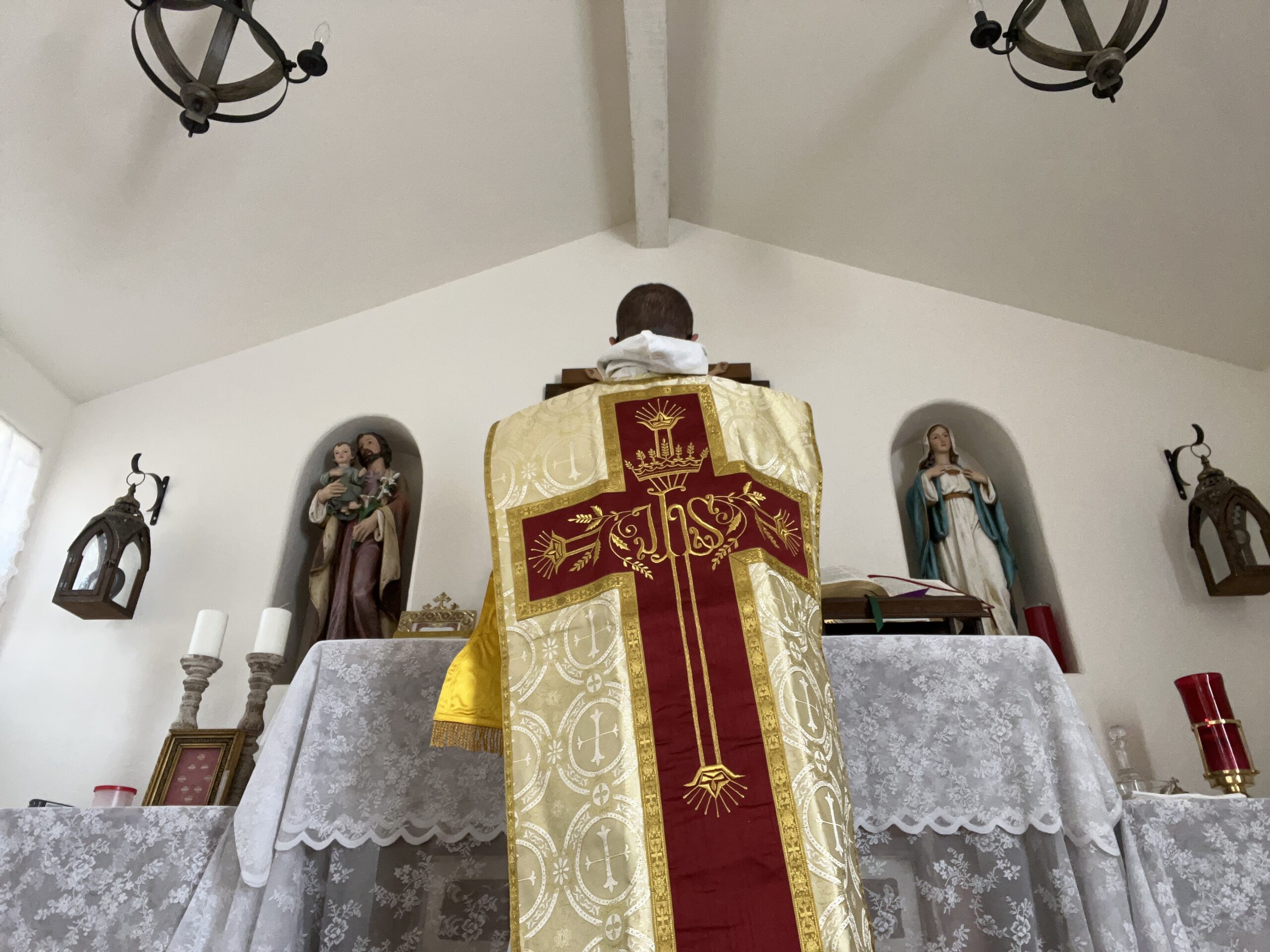Nota Bene: The beginning of January was going to be for silent retreat, but I’m visiting a family member in the hospital. So, either way, there will be few blogs or podcasts for a little while. Please pray for us.
Many people think I’m some traditional liturgy expert, but as you probably heard me say on previous podcasts, I learned French and Spanish and Portuguese in seminary because I just wanted to be a good Novus Ordo missionary priest one day. In other words, I got into the priesthood for the salvation of souls, not to make a stink on liturgy debates. As I’ve written before, it was only a couple years after ordination I realized that even “conservative” dioceses in the USA would not let young priests follow even the post-V2 rules for the post-V2 Mass. Then, I switched all sacraments in my life to the usus antiquior. (Since then, I have realized how God’s glory and the salvation of souls actually dovetail in so far as the sacraments before 1960—combined with traditional Catholic dogma and the ascetical theology of the saints—made a billion converts.)
The other reason I’m not some liturgy expert is something I have explained to friends, but probably never online. It is this: Even though I’m good at languages (including Latin) it was the choreography (so to speak) of learning the old Mass that took me probably 5x the memorization-time as your average traditional seminarian. Even to this day, if I am invited to be the priest or sub-deacon at a Solemn High Mass, it takes me about a dozen hours to study my roll before fulfilling it on the altar. Even though I haven’t done the Nervous Disorder in over six years, the Solemn High Mass takes me quite a bit of study.
The low-Mass of the Roman Rite is the only Mass I offer in my hermitage. Priests have been asking me to teach it to them, and I’m happy to “touch-up” their final approach to landing it, but 95% of their work should probably be done by the priest or seminarian himself beforehand. This is done by simply studying the below videos and doing a “dry run” (attempt at Mass without bread or wine) before asking a traditional priest like myself to watch and correct errors.
Most of the bulk of learning the old Roman Rite is cold-cut memorization on what to do and say. It’s not fun, but it’s extremely rewarding in the end. Here’s what to watch and learn from:
